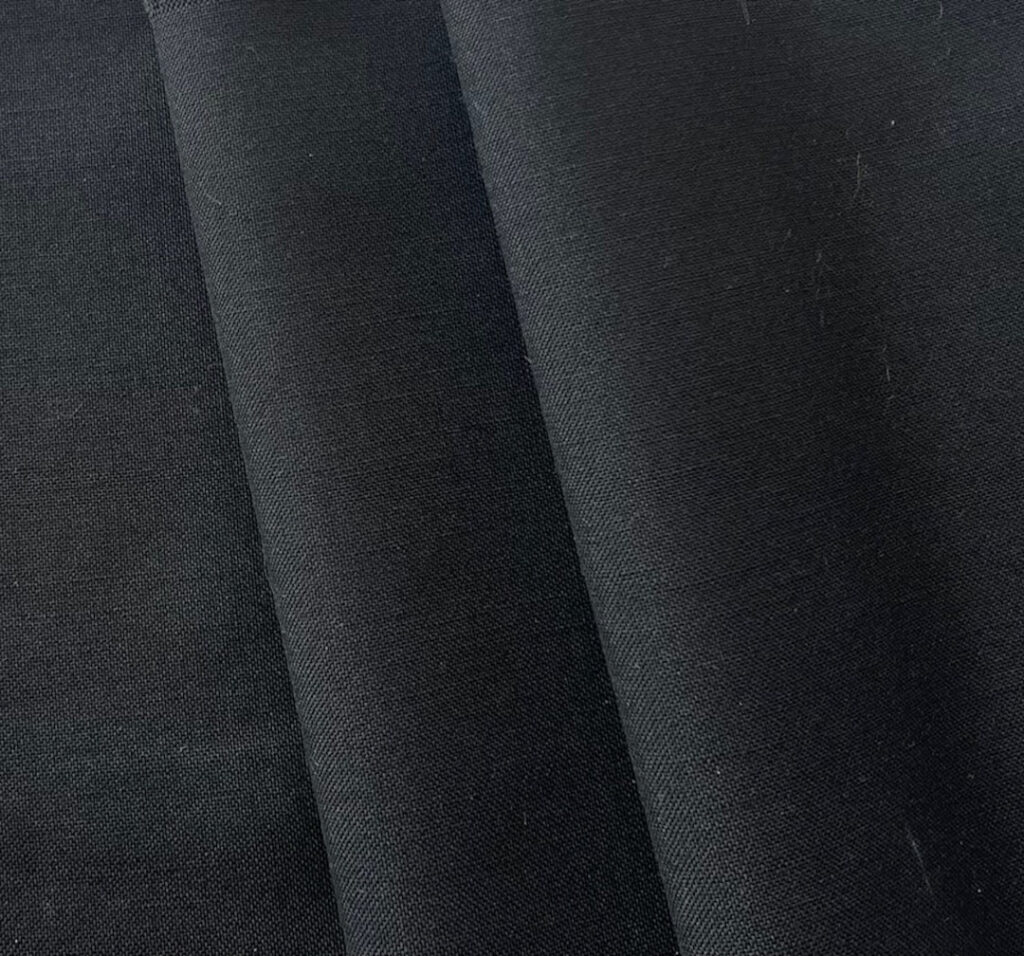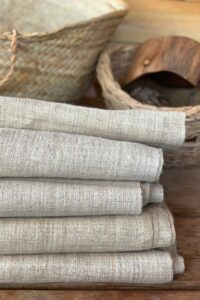Can You Wash Mohair with Crepe?
Fabric compatibility is crucial in fashion and sewing, influencing the final look, feel, and longevity of garments. In this article, we explore whether mohair and crepe can be washed together and the implications of their compatibility. You’ll learn about their properties, benefits of mixing, potential challenges, and tips for sewing and care.
Compatibility Analysis
Can you wash mohair with crepe? The answer is a cautious "No." While both are luxurious fabrics, their differing care requirements and physical properties make them incompatible for washing together.
Mohair, derived from the hair of the Angora goat, is a natural fiber known for its softness, warmth, and sheen. It requires gentle handling, often necessitating dry cleaning or hand washing in cold water. Crepe, on the other hand, is a textured fabric that can be made from various fibers, including silk, wool, and synthetics. Its care depends largely on its composition but generally allows for more robust handling than mohair.
Key factors affecting their compatibility include:
- Texture and Weight: Mohair is fluffy and delicate, while crepe has a distinct crinkled texture. Their differing weights may lead to uneven wear or distortion when washed together.
- Stretch and Care Requirements: Mohair’s stretchiness contrasts with crepe’s stable structure, complicating shared care routines.
- Durability: Mohair’s delicate fibers may suffer in the more vigorous washing conditions crepe can withstand.
Fabric Properties Comparison Table
| Property | Mohair | Crepe |
|---|---|---|
| Fiber Content | Natural (Angora goat) | Varies (silk, wool, synthetic) |
| Weight and Thickness | Light, fluffy | Medium, varies by type |
| Breathability | High | Moderate to high |
| Stretch and Elasticity | Moderate | Low to moderate |
| Wrinkle Resistance | Moderate | High |
| Care Instructions | Hand wash/dry clean | Machine wash or dry clean (depends) |
| Durability | Moderate | High |
Benefits of Mixing These Fabrics
Despite washing challenges, combining mohair and crepe in design can offer several advantages:
- Enhanced Texture and Visual Interest: The sheen of mohair complements crepe’s matte texture, creating a rich visual tapestry.
- Improved Comfort and Performance: Mohair adds warmth and softness, while crepe provides structure.
- Better Drape and Movement: Crepe’s fluidity enhances mohair’s natural drape.
- Cost-Effectiveness: Using crepe as a lining or accent can reduce costs without sacrificing luxury.
- Seasonal Versatility: Mohair’s warmth and crepe’s breathability make them suitable for transitional garments.
- Design Possibilities: The contrast in textures allows for innovative fashion and decor designs.
Potential Challenges
Mixing mohair and crepe presents challenges such as:
- Different Shrinkage Rates: Mohair may shrink more than crepe, leading to distortion.
- Conflicting Care Requirements: Mohair’s need for gentle care conflicts with crepe’s more durable nature.
- Texture Clash or Pilling: Mohair’s fibers can pill against crepe’s texture.
- Seam Puckering: Differing fabric weights may cause puckering at seams.
- Color Bleeding or Fading: Mohair’s dyes may bleed, affecting crepe.
Practical Solutions:
- Pre-wash crepe to stabilize it.
- Use a gentle detergent for hand washing mohair.
- Test for colorfastness before combining.
Sewing & Styling Tips
When sewing mohair and crepe together:
- Needle and Thread: Use a fine needle (size 70/10) and polyester thread for strength.
- Interfacing and Stabilizers: Choose lightweight interfacing to support seams without adding bulk.
- Seam Finishing: French seams or serging prevent fraying.
- Pattern Selection: Opt for simple designs to showcase fabric textures.
- Styling Ideas: Pair mohair tops with crepe skirts for an elegant contrast, or use crepe trims on mohair throws for home decor.
Care & Maintenance Guide
To care for garments made from mohair and crepe:
- Washing Instructions: Hand wash mohair in cold water with mild detergent; follow crepe’s care label.
- Drying Recommendations: Lay flat to dry to maintain shape.
- Ironing and Steaming: Use a low-heat iron on crepe; steam mohair gently.
- Stain Removal: Treat stains immediately; test solutions on a hidden area.
- Long-term Care: Store in a cool, dry place to prevent damage.
FAQ Section
Can you wash mohair and crepe together?
No, due to their differing care needs and properties.
Will mohair shrink more than crepe?
Yes, mohair is more prone to shrinkage.
What needle size should I use for sewing these fabrics together?
Use a size 70/10 needle.
Can you mix mohair and crepe in one garment?
Yes, but with careful planning to accommodate their differences.
How do you prevent fabric issues when combining these fabrics?
Pre-wash crepe, use gentle detergents, and test for colorfastness.
Is it okay to mix mohair and crepe for upholstery?
Generally not recommended due to differing durability.
What’s the best way to finish seams with these fabrics?
French seams or serging are ideal for a clean finish.
By understanding the nuances of mohair and crepe, you can create beautiful, functional garments and decor while navigating the challenges of fabric compatibility.


Leave a Reply